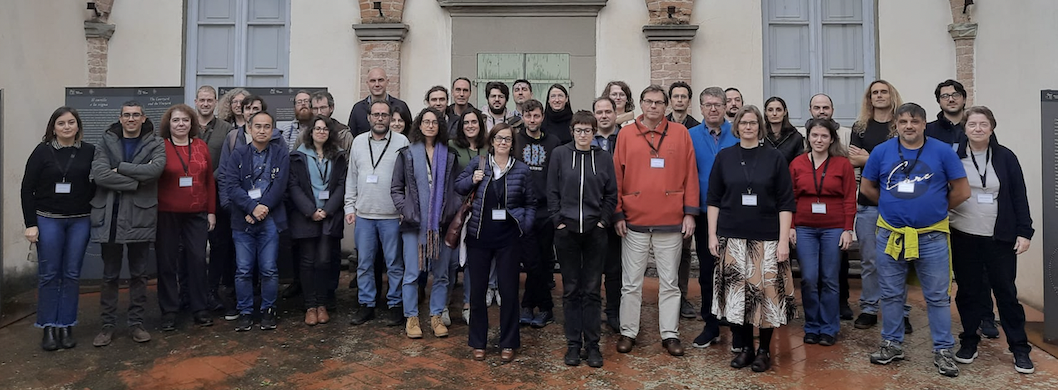Speaker
Description
In our quest to gain a deeper understanding of our Solar Neighborhood, Gaia has proven instrumental in elucidating the 3D spatial structure of the local interstellar medium (ISM) and the distribution of young stellar clusters. However, to unravel the origin and evolution of nearby young structures, a crucial dimension is the measurement of their 3D space motions. These motions allow us to trace back the orbits of stellar clusters and molecular clouds within our Galaxy, and investigate the relative space motions within single complexes.
To address these challenges, we have recently developed a machine learning-based clustering tool (SigMA) tailored for the selection of stellar clusters in the 5D phase space as provided by Gaia. This innovative approach was initially applied to the Scorpio-Centaurus complex, leading to the identification of previously unnoticed substructures and richer stellar populations than earlier established. Combined with updated cluster ages, this framework enables a more comprehensive investigation of the history of this nearby region, including the evolution of velocity dispersion within a single complex and the propagation of star formation influenced by feedback from massive stars.
To achieve this we analyze the 6D phase-space of individual entities such as clusters and clouds, utilizing Gaia DR3 data in combination with ancillary radial velocity (RV) data. This approach allows us to reconstruct the formation history of star-forming complexes, also shedding light on past feedback processes. Consequently, we can study the interaction of stars with the ISM and the formation and evolution of feedback-driven bubbles, (e.g., Orion-Eridanus Superbubble, Local Bubble). Hence, our research provides a quantifiable assessment of the impact of feedback from massive stars on nearby regions, contributing to a more comprehensive understanding of star formation in the Milky Way.

